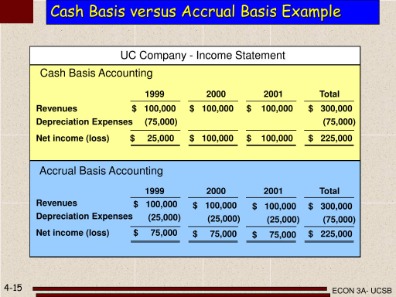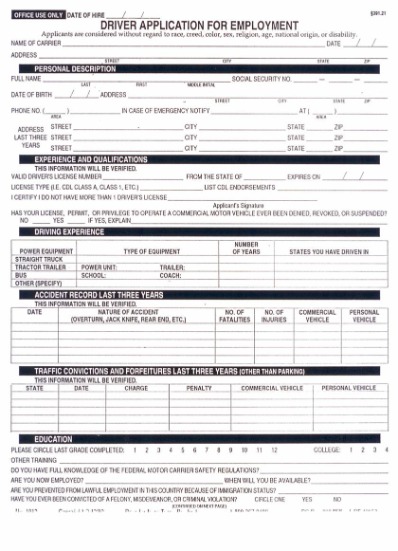Content

Some examples of fixed or tangible assets that are commonly depreciated include buildings, equipment, office furniture, vehicles, and machinery. How a franchise is recorded on a balance sheet depends on the conditions of the contract. If a franchisee makes periodic payments to the franchisor over the contract’s term, the franchisee does not record a franchise asset. Instead, the franchisee records a franchise expense when she pays the franchise fee. Franchises and licenses are intangible assets that legally entitle a business to sell a product or service developed by another entity.
What are the three types of amortization?
Similar to what obtains for the depreciation of tangible assets, there are three primary methods of amortization: the straight-line method, the accelerated method, and the units-of-production method.
For twenty years, the proven standard in business, government, education, health care, non-profits. Amortization appears on the Income Statement as an expense, like depreciation expense, usually under Operating Expenses, or “Selling, General and Administrative Expenses. For more on the nature of expenses of various kinds, see Expense. A franchise is a contract that grants a business the right to operate using the name and products of an established brand. A franchisor will develop the brand, produce goods and develop marketing campaigns for its products.
Free Accounting Courses
You make the election by completing Form 4562, Part III, line 20. Any property imported from a foreign country for which an Executive order is in effect because the country maintains trade restrictions or engages in other discriminatory acts. Basis adjustment to investment credit property under section 50 of the Internal Revenue Code.
For example, if you stop using a machine because there is a temporary lack of a market for a product made with that machine, continue to deduct depreciation on the machine. You cannot depreciate a term interest in property created or acquired after July 27, 1989, for any period during which the remainder interest is held, directly or indirectly, by a person related to you. A term interest in property means a life interest in property, an interest in property for a term of years, or an income interest in a trust. If you use property for business or investment purposes and for personal purposes, you can deduct depreciation based only on the business or investment use.
What are the Pros and Cons of Amortization?
If you dispose of property before the end of its recovery period, see Using the Applicable Convention, later, for information on how to figure depreciation for the year you dispose of it. On July 2, 2020, you purchased and placed in service residential rental property. You used Table A-6 to figure your MACRS depreciation for this property. For property for which you used a half-year https://quick-bookkeeping.net/ convention, the depreciation deduction for the year of the disposition is half the depreciation determined for the full year. The following example shows how to figure your MACRS depreciation deduction using the percentage tables and the MACRS Worksheet. For business property you purchase during the year, the unadjusted basis is its cost minus these and other applicable adjustments.

Table 4-1 lists the types of property you can depreciate under each method. It also gives a brief explanation of the method, including any benefits that may Amortization Business apply. Any deduction under section 179B of the Internal Revenue Code for capital costs to comply with Environmental Protection Agency sulfur regulations.
